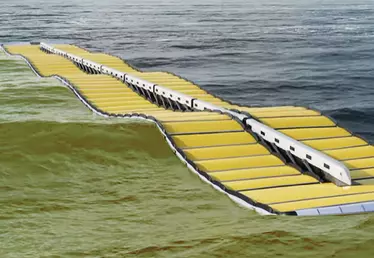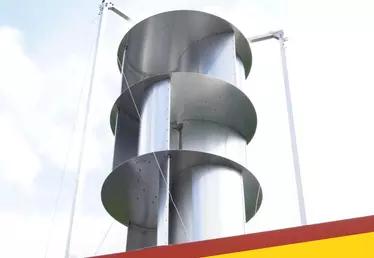

Hero banner custom title
London’s Tube heats homes and offices
3 min
In Islington, in the north of the British capital, waste heat from the subway system is recovered to heat hundreds of homes and offices to reduce both CO2 emissions and energy bills.
It’s hot inside the London’s Tube - so hot that it’s almost unbearable travelling to work on some summer days. The fault lies with its cylindrical, deep, and poorly ventilated tunnels.
The Central line in particular regularly breaks heat records. Last summer, the temperature there reached 35.5°C, more than five degrees above the legal limit set by the European Union for transporting of cows, sheep and pigs!
Even in winter, the trains generate so much heat the air has to be vented to the outside. And that’s a waste, since that heat can be recovered and used elsewhere.
For a large city like London, reusing this resource has tremendous potential for energy savings.
According to the Greater London Authority, it could meet 38% of the city's heating needs.
To take advantage of this potential, Islington Council, in north London, has launched a project to recover waste heat from the Underground in partnership with Transport for London (the public body responsible for public transport in the capital) and the electricity company UK Power Network.
The aim is to heat several hundred homes and businesses using heat from the Northern Line, one of the oldest underground lines in the London Underground system.
Blowing hot and cold
The waste heat, which when discharged is at a temperature somewhere between 18°C and 28°C, is recovered via a ventilation duct and then raised to around 70°C by a heat pump. It is then fed as hot water through a heat exchanger to an existing district heating network, which already recovers waste heat from a power plant to supply between 700 and 800 homes.
The initiative is the second phase of a larger project, launched in 2012, known as the Bunhill Heat and Power Network. It is part of the European CELSIUS program, which coordinates and co-finances the efforts of several major European cities to improve the efficiency of their district heating networks.
The waste heat from the London Underground will be used to supply 500 additional homes. During the summer, the system can be reversed to inject cool air into the underground tunnels.











